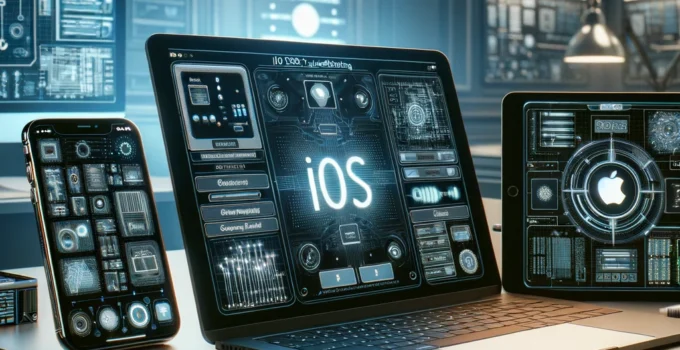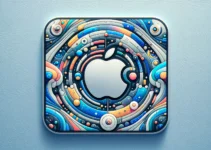Mastering the Art of iOS Troubleshooting: Solving Common Problems Like a Pro. Navigating the complexities of technology can be daunting, and iOS devices are no exception. Even with their renowned user-friendly interface and robust performance, they are not immune to issues. Whether you’re facing battery drainage, connectivity problems, or app crashes, this comprehensive guide will walk you through troubleshooting common iOS issues like a tech professional.
Exploring the Untapped Potential of iOS Accessibility Features
One frequent complaint from iOS users is rapid battery depletion. Before assuming a hardware fault, consider adjusting settings that impact battery life. Dimming your screen brightness, turning off background app refresh, and disabling location services when not needed can significantly extend battery life. Moreover, iOS includes a Battery Health feature that provides insights into your battery’s capacity and peak performance capability.
Connectivity issues, whether related to Wi-Fi or cellular data, are common irritants. A good starting point is to toggle your device’s airplane mode on and off. This can often reset your network settings and resolve connectivity problems. If that doesn’t work, try forgetting the Wi-Fi network and reconnecting to it. For persistent issues, resetting network settings may be necessary, though this will erase all saved networks and passwords.
App crashes and freezes can disrupt the smooth iOS experience. To tackle this, start by closing and reopening the problematic app. If the issue continues, check for updates in the App Store as developers regularly release patches to fix bugs and improve performance. If an app consistently misbehaves, consider uninstalling and reinstalling it to clear potentially corrupted data.
Another common issue is storage management. iOS users often struggle with managing device storage, especially on models with lower capacity. To address this, regularly review your storage usage in the Settings app and remove large files or apps that are no longer needed. Using cloud services like iCloud for photo and document storage can also help free up device space.
If your device is running slower than usual, a soft reset might be necessary. This can be done by restarting your device, which clears the system’s memory and can resolve performance hitches. For more severe slowdowns, checking for an iOS update is advisable as updates often include performance enhancements and security fixes.
Sometimes, users may encounter issues with their device’s touch screen responsiveness. A simple screen cleaning can sometimes resolve this by removing any dirt or debris that might be interfering with touch sensitivity. If the problem persists, recalibrating the touch display or resetting the device to factory settings might be required.
Sound issues, such as low volume or distorted audio, can often be resolved by checking the volume settings and ensuring that the speaker grills are not blocked. Testing with headphones can help determine if the problem is with the device’s speakers or the audio settings.
For those facing difficulties with Face ID or Touch ID, ensure that your fingers and the device sensor are clean and dry. For Face ID, retraining your face profile in different lighting conditions can improve recognition accuracy. If recognition issues persist, resetting your Face ID or Touch ID settings may resolve the problem.
Privacy and security settings sometimes cause issues with app functionality. If an app is not working as expected, check if it has the necessary permissions enabled in the Settings app. Adjusting these settings can often restore app functionality without compromising device security.
In cases where your iOS device becomes unresponsive, a force restart might be necessary. This is a more powerful reset option that can help recover an unresponsive device without erasing its content. It’s crucial, however, to use this method sparingly as a troubleshooting last resort.
When troubleshooting any electronic device, including iOS devices, maintaining regular backups is essential. This ensures that your data is safe regardless of the issues you encounter and provides a fallback option if a factory reset becomes necessary.
Finally, for those who’ve tried all basic troubleshooting steps without success, contacting Apple Support or visiting an Apple Store can be the best course of action. Apple’s customer support is well-equipped to handle more complex issues or hardware problems that can’t be resolved at home.
By understanding these common troubleshooting techniques, iOS users can effectively solve many typical problems without needing professional help. Not only does this save time and frustration, but it also empowers users to handle their device’s maintenance, ensuring they get the most out of their iOS experience.



